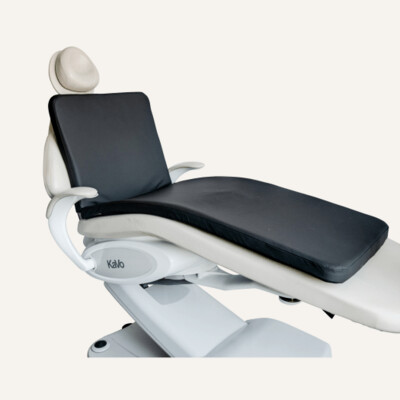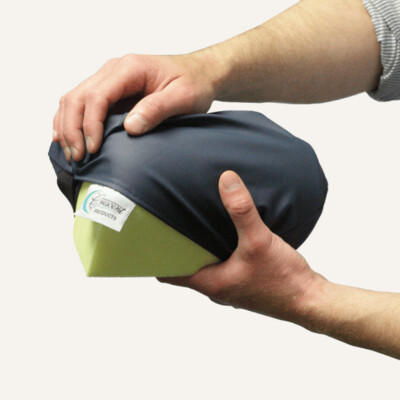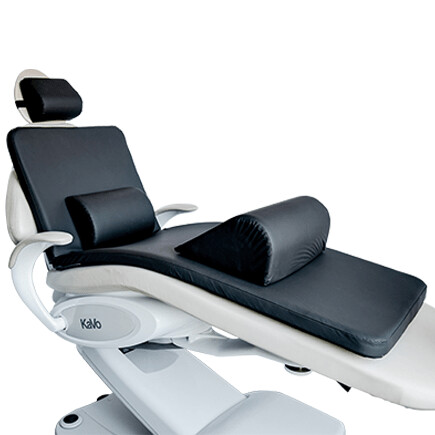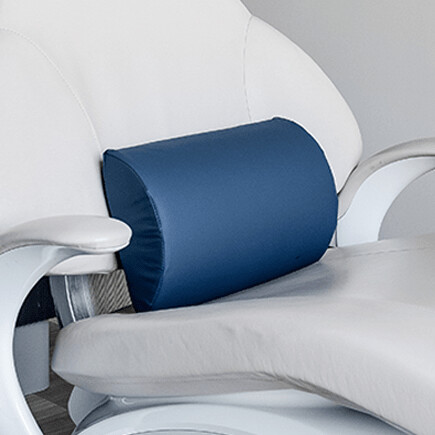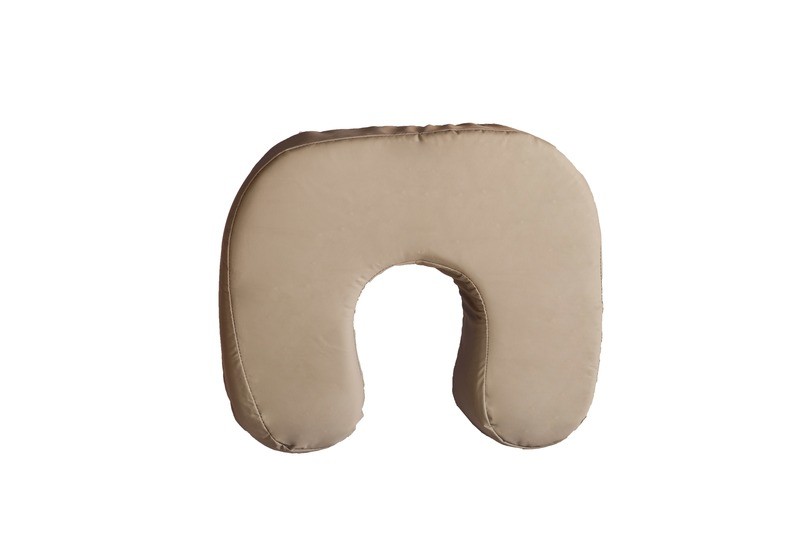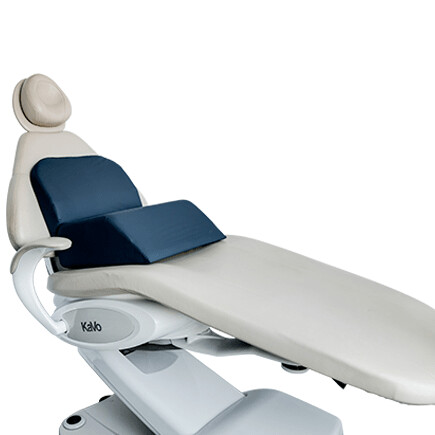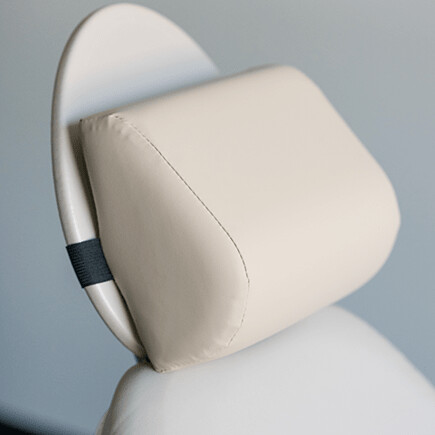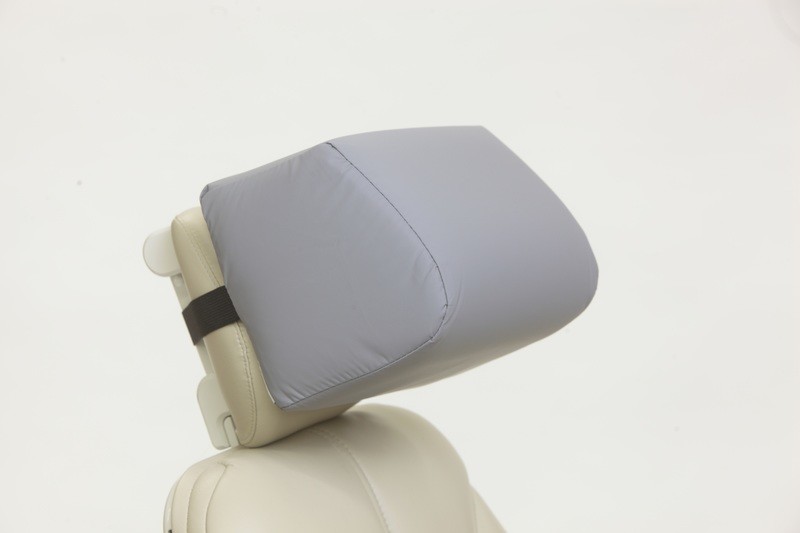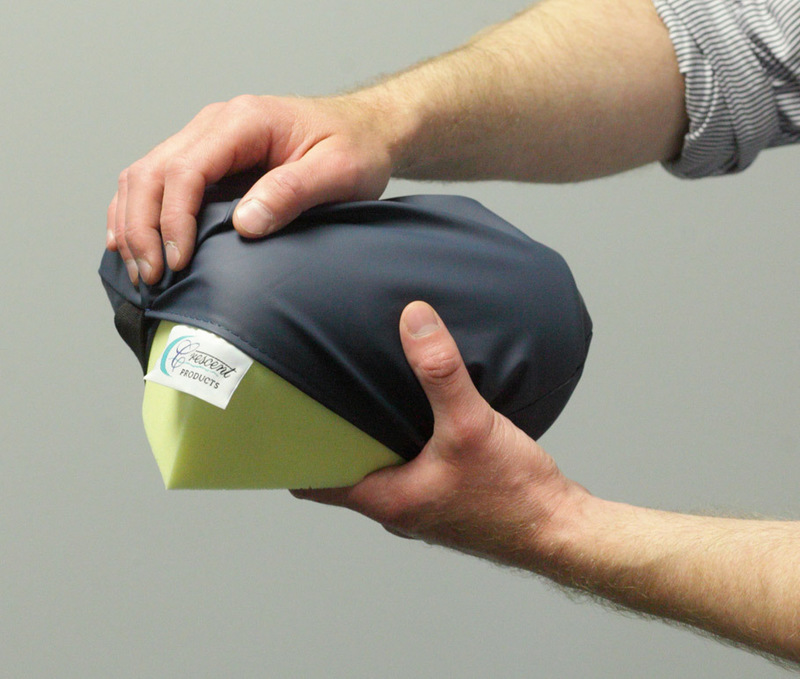Three Things Dental Chairs Do to Make Patients Uncomfortable
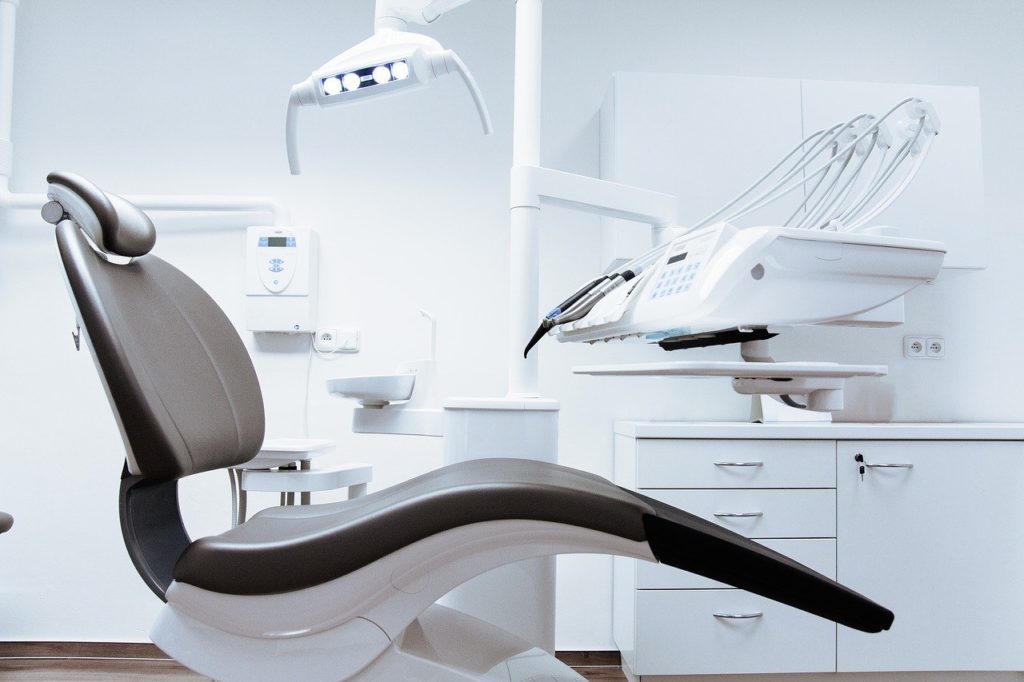
Modern dental chairs have come a long way in terms of design, comfort, cleanability, and new features. Even today, they undergo rigorous testing and design tweaks to make them more comfortable for patients, all while making it easier for dentists and hygienists to comfortably provide treatment. Despite these modern advancements, there are still some issues that dentists commonly have with them.
These are the most common issues in most modern dental chairs.
They Are Designed for the “Average” Patient
Every patient is different in terms of height, weight, body shape, age, and even level of comfort. What one patient finds relaxing another may find uncomfortable. Modern dental chairs are designed for the “average” patient. They are built to maximize comfort to the largest grouping of patient, but as the saying goes: “if you try to please everyone, you’ll end up pleasing no one.”
Dental chairs, for all their modern design features and adjustable parts, still lack several key things that patients need.
Poor Back Support
Most dental chairs leave a gap between the patient’s back and the chair, generally located right around the area of the lumbar spine. This lack of support can create backaches, especially in older patients and those who suffer from lower back pain. This gap is most prominent when the chair is positioned upright, but it still exists even when it is reclined. To solve this issue, dental backrests can be used in conjunction with dental chairs. These specially made support pillows help fill the gap in the lower lumbar region, providing a much more comfortable experience for patients.
Knee Support
The area around a patient’s knees is another source of discomfort during treatment. Patients come in varying heights, and even two patients who are equally as tall as one another can have different leg lengths. Because of this, dental chairs are created to comfortably seat the “average” person, which often leaves gaps in the knee area for patients. Dental knee support pads help in multiple ways:
- They lift and support the knees.
- They work in conjunction with Backrests to release pressure from the patient’s back and hips.
- They help stabilize and align the patient in the chair.
Head Support
Many patients will tell you firsthand how they feel about headrests on dental chairs. While they provide some level of comfort and support, they’re not making anyone want to stay in a dental chair for long periods of time. This is because patients have to be reclined at uncomfortable angles in order to provide dentists and hygienists access to treatment areas. It’s fine to hold this position for a short time, but there simply isn’t enough support to make the patient comfortable for long. Dental headrests, which easily fit on most dental chairs, help support the patient’s neck as she or he reclines, allowing them to gently tilt their head back and open up their jaw. Most importantly, they are able to hold this position longer, giving dentists more time to treat without worrying about uncomfortable patients.
Dental chairs aren’t perfect, but with Crescent Products, they can be. See the difference our dental chair accessories can make in the comfort of your patients today.

